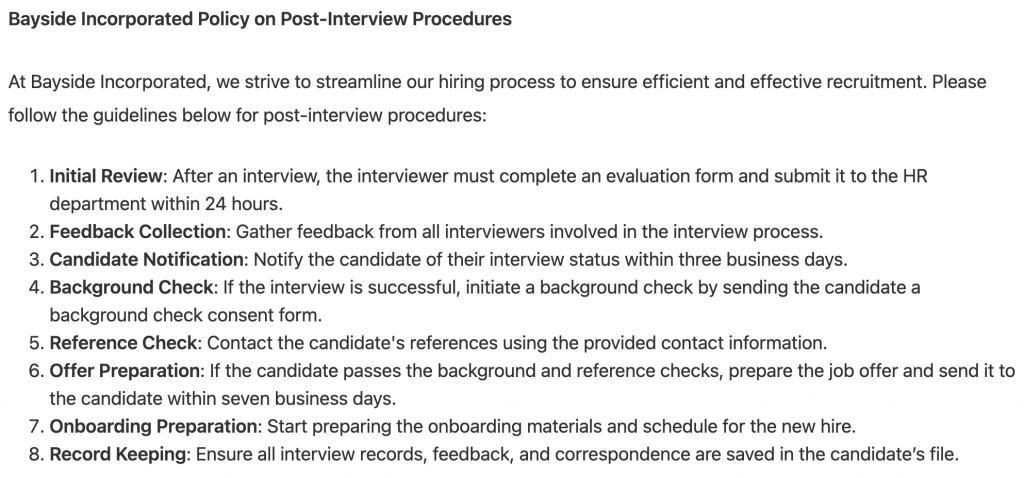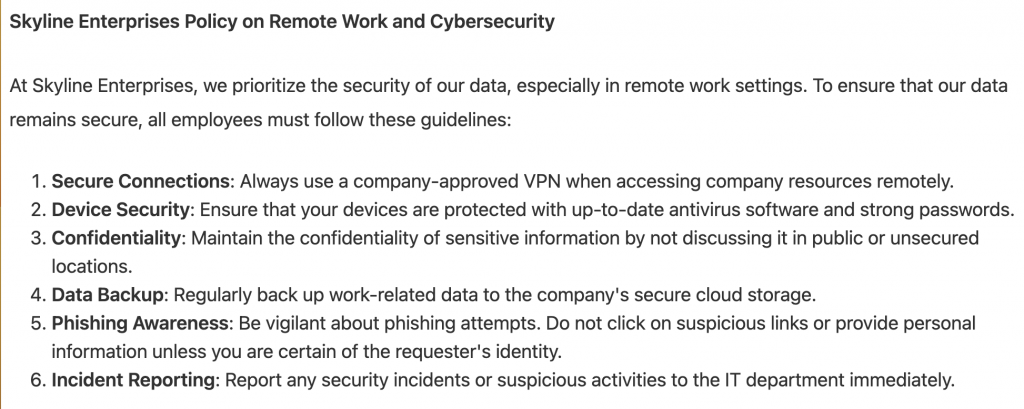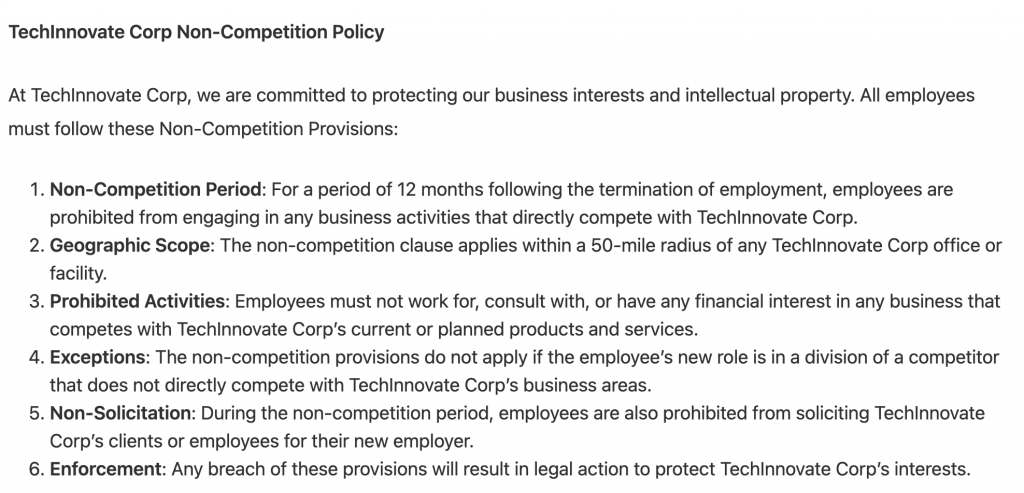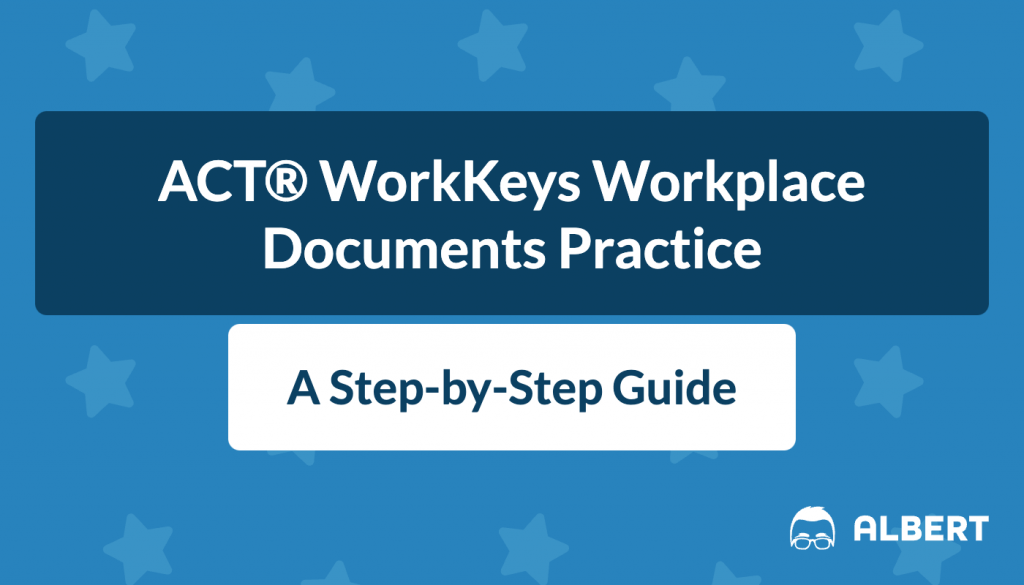What We Review
ACT® WorkKeys Workplace Documents Practice
The ACT® WorkKeys test is a helpful tool for students and job seekers. It measures important workplace skills. One key part of this test is the Workplace Documents section. This test focuses on understanding workplace documents like emails, memos, and policies. Now that you know the skills assessed on the test, this blog will give you helpful step-by-step ACT® WorkKeys Workplace Documents practice.
Whether you’re studying for your ACT® WorkKeys test or want to improve your workplace reading skills, this guide will help you feel more confident and prepared.
Understanding the Levels of Workplace Documents Questions (Levels 3-7)
The ACT® WorkKeys Workplace Documents questions have difficulty levels ranging from Level 3 to Level 7. Each level tests different skills. For example, a Level 3 question might measure basic comprehension while a Level 5 question tests application. Here’s a simple overview of what to expect:
Level 3
- What to Expect: At Level 3, the questions are about basic comprehension. You’ll be dealing with straightforward documents. For example, you’ll read simple memos, short emails, or short notices. The language is simple, and the instructions are direct.
- Skills Tested: Finding explicit details in the text and understanding basic instructions.
- Example Question: “According to the email, what day is the meeting scheduled for?”
- Strategy: Read carefully to locate the exact information. Don’t overthink the question.
Level 4
- What to Expect: Level 4 questions involve documents with more information. They may require you to apply basic procedures. For example, the documents might be longer, or they could include multiple steps or actions that need to be followed.
- Skills Tested: Recognizing details and applying straightforward information from the document to answer questions.
- Example Question: “Based on the company’s policy, what should an employee do if they are going to be late for work?”
- Strategy: Focus on key details. Additionally, make sure to follow any specific instructions provided in the text.
Level 5
- What to Expect: At this level, the documents become more complex and detailed. They might include policy guidelines, more formal reports, or instructional texts. These texts may require you to make judgments based on the information provided.
- Skills Tested: Understanding procedures, interpreting more detailed instructions, and drawing simple inferences.
- Example Question: “What can be inferred about the company’s attendance policy based on this document?”
- Strategy: Pay attention to the details, and be ready to make inferences while staying within the scope of the document.
Level 6
- What to Expect: Level 6 questions involve more nuanced documents. For example, you’ll read company manuals, lengthy reports, or multi-step processes. As a result, you may need to evaluate different parts of the document to answer questions.
- Skills Tested: Problem-solving, understanding multiple-step instructions, and making complex inferences.
- Example Question: “Based on the guidelines in this manual, what should an employee do if there is a discrepancy in the reported hours?”
- Strategy: Carefully analyze the document’s information then connect different pieces of the text to find the best answer.
Level 7
- What to Expect: The highest level of Workplace Documents questions asks you to work with complex materials. These documents could be legal contracts, detailed policies, or long manuals. Level 7 questions often require you to pull together information from different parts of the document to solve more difficult problems.
- Skills Tested: Critical thinking, understanding multi-step processes, and making detailed judgments.
- Example Question: “Given the information in the policy, what steps should be taken if an employee violates safety procedures?”
- Strategy: Break the document into smaller sections, connect the details, and use critical thinking to find the solution.
When you understand the different question levels, you can know what to expect and how to prepare. As you can see, when the questions get harder, you’ll need stronger reading and thinking skills. By practicing different types of questions, you’ll be ready for anything on test day.

ACT® WorkKeys Workplace Documents Practice: How to Solve Questions
Now that you understand the different levels of Workplace Documents questions, it’s time to dive into some examples. In this section, we’ll provide sample questions for each level, from Level 3 to Level 7. Next, we’ll walk you through step-by-step directions for solving them, so you can see exactly how to approach each type of question. Finally, you’ll gain the skills needed to confidently tackle any question that comes your way on test day.
Sample Level 3 Question and Solution

As it’s used in the sixth bullet point, confidential refers to:
A. Information that is publicly available
B. Information that can be shared with anyone in the company
C. Information that should only be shared with authorized personnel
D. Information that is irrelevant to company operations
E. Information that can be discussed openly in common areas
Correct Answer and Explanation
The correct answer is C. Information that should only be shared with authorized personnel.
Step-by-Step Solution
- Read the Entire Document: Understand the overall context and guidelines of the workplace conduct policy.
- Focus on the Specific Bullet Point: Next, locate the sixth bullet point mentioning “confidential information.”
- Context Clues: Note that the phrase “only share it with authorized personnel” indicates sensitive information.
- Analyze Each Answer Choice:
- A: Public information is not confidential. Therefore, this choice is incorrect.
- B: Confidential information should not be shared with everyone.
- C: Correct, as it aligns with sharing only with authorized personnel.
- D: Irrelevant information wouldn’t need safeguarding.
- E: Confidential information should not be openly discussed.
- Choose the Correct Answer: Confirm that C is the best fit.
- Double-Check: Finally, re-read to ensure the context supports the chosen answer.
Sample Level 4 Question and Solution

You are an employee at Trendy Threads, and a customer has returned an item. The tags are still attached, but it has been almost 50 days since the purchase. According to the instructions in the document above, do you accept the return?
A. No, you do not accept the return because it is past 30 days.
B. Yes, you accept the return and give the customer a refund.
C. Yes, you accept the return and issue store credit.
D. No, you do not accept the return because the tags are still attached.
E. Yes, you accept the return and offer an exchange.
Correct Answer and Explanation
The correct answer is C. Yes, you accept the return and issue store credit.
Step-by-Step Solution
- Read the Entire Document: Understand the guidelines and exceptions for returns and exchanges at Trendy Threads.
- Focus on the Policy: Next, find the sections that relate to the time frame and conditions in the question.
- Context Clues: Note the fifth bullet point. As you can see, it says returns made after 30 days but within 60 days are eligible for store credit.
- Review Answer Choices:
- A: Incorrect, as returns within 60 days are eligible for store credit.
- B: Incorrect, refunds are not given after 30 days.
- C: Correct, store credit is issued for returns made between 30 and 60 days.
- D: Incorrect, the tags being attached is a condition for return, not a reason for rejection.
- E: Incorrect, exchanges are not mentioned for returns made after 30 days.
- Choose the Correct Answer: C is the best fit based on the policy.
- Double-Check: Re-read to make you have chosen the right answer.
Sample Level 5 Question and Solution

You are an HR employee at Bayside Incorporated. Your colleague just conducted a successful interview with a potential candidate. What are the instructions following a successful in-person interview by a candidate?
A. Prepare the job offer and send it to the candidate immediately
B. Notify the candidate of their interview status within one business day
C. Start a background check by sending the candidate a consent form
D. Contact the candidate’s references immediately
E. Start preparing the onboarding materials and schedule for the new hire
Correct Answer and Explanation
The correct answer is C. Initiate a background check by sending the candidate a consent form.
Step-by-Step Solution
- Read the Entire Document: First, read the guidelines and procedures.
- Focus on Specific Instructions: Next, find the steps that follow a successful interview. Be sure to look especially for those related to what to do after a successful interview.
- Context Clues: Then, notice what happens after a successful interview. As you can see, the next step involves initiating a background check.
- Analyze Each Answer Choice:
- A: Incorrect, preparing the job offer happens after background and reference checks.
- B: Incorrect, the document specifies notifying the candidate within three business days, not one.
- C: Correct, starting a background check is the immediate next step after a successful interview.
- D: Incorrect, reference checks follow the background check initiation.
- E: Incorrect, onboarding preparation occurs after the job offer is accepted.
- Choose the Correct Answer: Confirm that C is the best fit based on the policy.
- Double-Check: Re-read to ensure the context supports the chosen answer.

Sample Level 6 Question and Solution

You are an employee of Skyline Enterprises. The main purpose of these documents is to:
A. Outline procedures for remote communication
B. Promote cybersecurity in remote work settings
C. Provide guidelines for in-office data storage
D. Explain the company’s customer service policies
E. Describe the steps for conducting online meetings
Correct Answer and Explanation
The correct answer is B. Promote cybersecurity in remote work settings.
Step-by-Step Solution
- Read the Whole Document: Understand the overall focus of the policy on remote work and cybersecurity.
- Identify the Purpose: Determine the main theme. Notice what is repeated. Additionally, look at key terms about cybersecurity and remote work.
- Context Clues: Look for words and phrases like “VPN,” “device security,” “confidentiality,” “data backup,” and “phishing.” These show a focus on cybersecurity with remote work.
- Analyze Each Answer Choice:
- A: Incorrect, the document does not primarily discuss remote communication procedures.
- B: Correct, the document provides detailed guidelines on ensuring cybersecurity in remote work settings.
- C: Incorrect, the document does not focus on in-office data storage.
- D: Incorrect, customer service policies are not mentioned.
- E: Incorrect, online meeting steps are not covered.
- Choose the Correct Answer: Make that B is the best fit based on the document’s content.
- Double-Check: Finally, review your answer choice.
Sample Level 7 Question and Solution

According to section one, which of the following examples adheres to the Non-Competition Provisions?
A. An employee starts a similar tech business 30 miles away three months after leaving TechInnovate Corp.
B. An employee works as a consultant for a competitor’s division that directly competes with TechInnovate Corp’s main products, six months after leaving the company.
C. An employee takes a position in a non-competing division of a competitor within 20 miles of a TechInnovate Corp office, eight months after leaving the company.
D. An employee invests in a tech startup that plans to launch competing products within 10 miles of TechInnovate Corp, ten months after leaving the company.
E. An employee solicits TechInnovate Corp’s clients for their new employer, a competitor, four months after leaving the company.
Correct Answer and Explanation
The correct answer is C. An employee takes a position in a non-competing division of a competitor within 20 miles of a TechInnovate Corp office, eight months after leaving the company.
Step-by-Step Solution
- Read the Entire Document: Understand the overall Non-Competition Policy.
- Focus on Section One: Next, notice that section one. It states that you can’t do business that competes with TechInnovate Corp. for 12 months.
- Context Clues: Section four provides an exception for employees working in a non-competing division of a competitor.
- Review Each Answer Choice:
- A: Incorrect, starting a similar business within 12 months goes against the non-competition period.
- B: Incorrect because working for a directly competing division goes against the non-competition provisions.
- C: Correct, working in a non-competing division within the geographic limit but not violating the competition clause.
- D: Incorrect, investing in a competing startup within the geographic and time limits is against the rule.
- E: Incorrect, soliciting clients during the non-competition period goes against the non-solicitation clause.
- Choose the Correct Answer: Confirm that C is the best fit based on the document’s provisions.
- Double-Check: Re-read to ensure the context supports the chosen answer.
By following these steps, you can successfully tackle complex questions that involve understanding specific rules in workplace documents for the ACT® WorkKeys test.
Mistakes to Avoid on the ACT® WorkKeys Workplace Documents Test
When solving ACT® WorkKeys Workplace Documents questions, it’s easy to make mistakes. As a result, avoid these traps to stay focused and improve your accuracy.
Rushing Through the Document
Skimming too fast can make you miss key details, especially in documents with specific rules or instructions. In order to make a careless mistake, take your time and focus on important info like dates or guidelines.
Misinterpreting Policies
In the workplace, employees need to follow procedures exactly. Therefore, misreading them can lead to the wrong answer. Therefore, always double-check what the policy says and make sure you understand it correctly.
Overthinking Simple Questions
Some questions are simple, so don’t overcomplicate them. While it can be tempting to read deeper into every question, some are pretty straightforward. As a result, trust the document and avoid looking for hidden meanings.
If you are aware of these mistakes, then you’ll feel more confident answering Workplace Documents questions.

Next Steps for ACT® WorkKeys Workplace Documents Practice
In conclusion, tackling ACT® WorkKeys Workplace Documents questions doesn’t have to be overwhelming. Therefore, by understanding the different question levels and following clear strategies, you can approach each question with confidence. Avoid mistakes like rushing, misinterpreting policies, or overthinking simple questions. In addition, with practice and a thoughtful approach, you’ll be well-prepared to boost your score and succeed on test day.
To take your preparation to the next level, try Albert’s online practice course for ACT® WorkKeys Workplace Documents. As a result, with detailed practice questions and step-by-step explanations, you’ll gain the skills and confidence needed to ace the ACT® WorkKeys test. Keep practicing, so you can reach your goals!








